(Mount Kailash, 6,714m, from afar:)

Well, I did the Mt. Kailash kora! Yup, all 5,630m of that high pass known as Droma-la.
I started at Tarboche, the first set of prayer flags en route to the Dirapuk Monastery (4,920m). The first day was a very easy 4.5 hours with gorgeous views of the north face of Kailash. And the night was cuh-cuh-cold!!! (No problem for me with my trusty sleeping bag and silk liner -- thanks for the silk liner, Melissa, that made all the difference...though convincing myself to go outside in the middle of the night in the cuh-cuh-cold to use the W.C., i.e., the ground, was another matter.)
(North face of Kailash:)

The second day looked and was daunting -- 3 steep ridges prior to reaching Droma valley with its long, steep and oxygen-starved ascent that from the valley to the pass was a loooooong climb in abundant snow, hail and high winds, and because of the weather, no views of Kailash. Not to mention river crossings (one late one in particular, as below), rockfall crossings, and lots of rough terrain (on which it's easy to twinge a knee or turn an ankle!)
Most of the tourists left early -- I did not -- I let myself get behind the first, early morning wave of tourists and the second wave of yaks, horses, porters and handlers (and let me tell you, was I tempted to rent a horse...but the handlers were in a tourist-gouging mood (200 RMB just to get over the pass!), and besides that, I wanted to do the kora with my own legs and feet.
So, I found myself alone or accompanied by the occasional pilgrim, Tibetans on the spiritual journey, chanting and prostrating. It was wonderful and prayerful. I felt a feeling of release and perfect harmony with my surroundings.
I conquered the pass in good time (the estimate is around 5-5.5 hours, I was on the other side by about 5.5 hours, according to the time of the picture I took on the other side of the pass). I made my way down from the Droma-la (which was necessary, I felt some nausea around the pass fortunately on an empty stomach), and then spent a while in a tea tent rehydrating and making friends with a Korean family there doing the kora, and got on my way - in good time to reach Gompa Monastery a couple hours before the end of daylight.
(The pass:)


(Seen from the descent following the pass:)

Well, according to the guidebooks, one treks on the outer side of the river, walks past the monastery, finds a bridge to cross the river, then doubles back. I saw pilgrims on the inner side and wondered whether I should cross, but decided to carry on with the plan. When I arrived to the vacinity of the monastery a Tibetan shepherder convinced me that there was no bridge and that I had to double back and cross the river. Or his other alternative, sleep outside! Even though I had my sleeping bag and trustly liner on my person-- no, no porter for me -- I knew I'd freeze nearly to death or to death if I did that! I don't have that thick Tibetan blood, I understand that porters and pilgrims sleep outside all the time!
Of course, reaching the monastery before nightfall was essential as with no exterior lighting (these places don't have electricity) and my lack of familiarity, I likely wouldn't have been able to detect the location in the dark! So, I doubled back by about an hour to a place where crossing the river was manageable, tripped once in the river jumping from stone to slimy stone, ending up with my right leg wet up to the hip by the river and completely soaked hiking boots. I reached the monastery just as the sun dipped below the horizon (i.e., at the last possible minute.) Since I mostly took my time throughout the (long!) day I didn't feel spent.
My (extended) group greeted me with a round of applause (they didn't think I'd make it that night! hmmph!) well, I guess I don't blame them for doubting me, 5630m is no easy matter!
(From the third day hike:)

After a short and easy third day, returning to Darchen at about noon, the grandmother at the guest house returned at about 3pm -- from her 1-day /12.5 hour kora (!!), her 11th of the year (!!!) Last year she did 16 koras and this year she hopes to do 16 or 17!
So I am humbled by these devout and physically superior Tibetans, really humbled (and it feels good.)

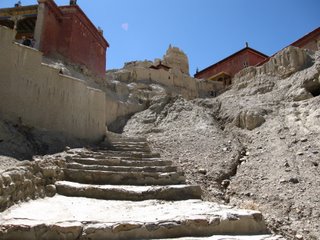
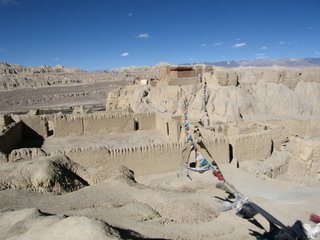

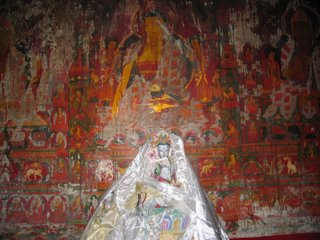
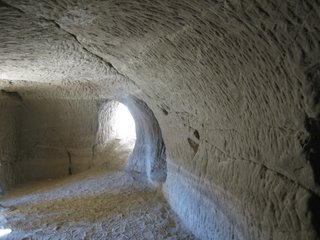

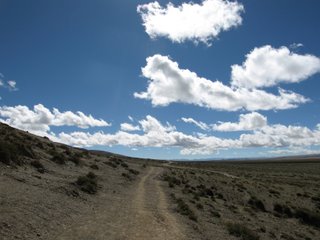
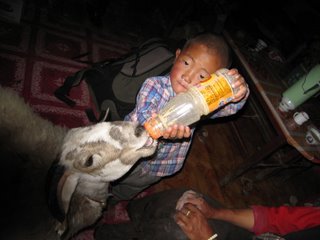






 (View of the kora around Jokhang Temple from the roof of Mandala Hotel:)
(View of the kora around Jokhang Temple from the roof of Mandala Hotel:) (Potala Palace in the sky:)
(Potala Palace in the sky:) (Mountains everywhere! (Chinese development, too):)
(Mountains everywhere! (Chinese development, too):)





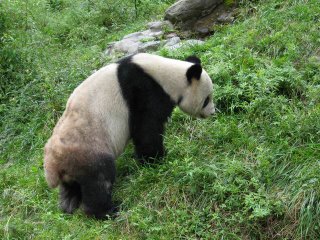
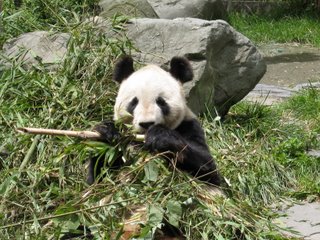
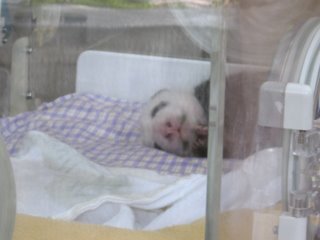












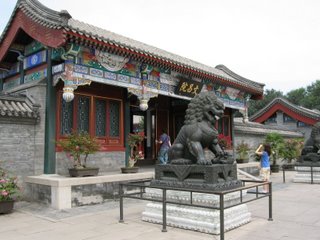
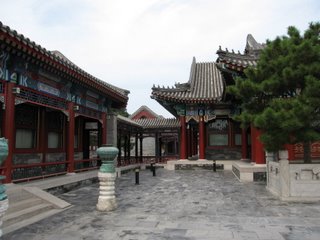
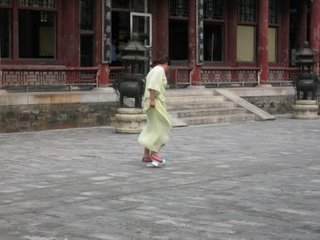


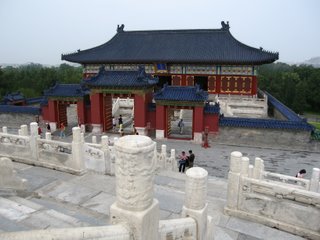
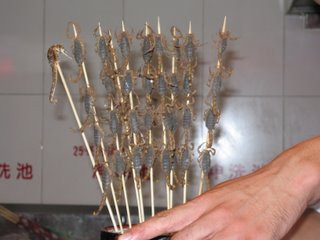



 My selection:
My selection:
